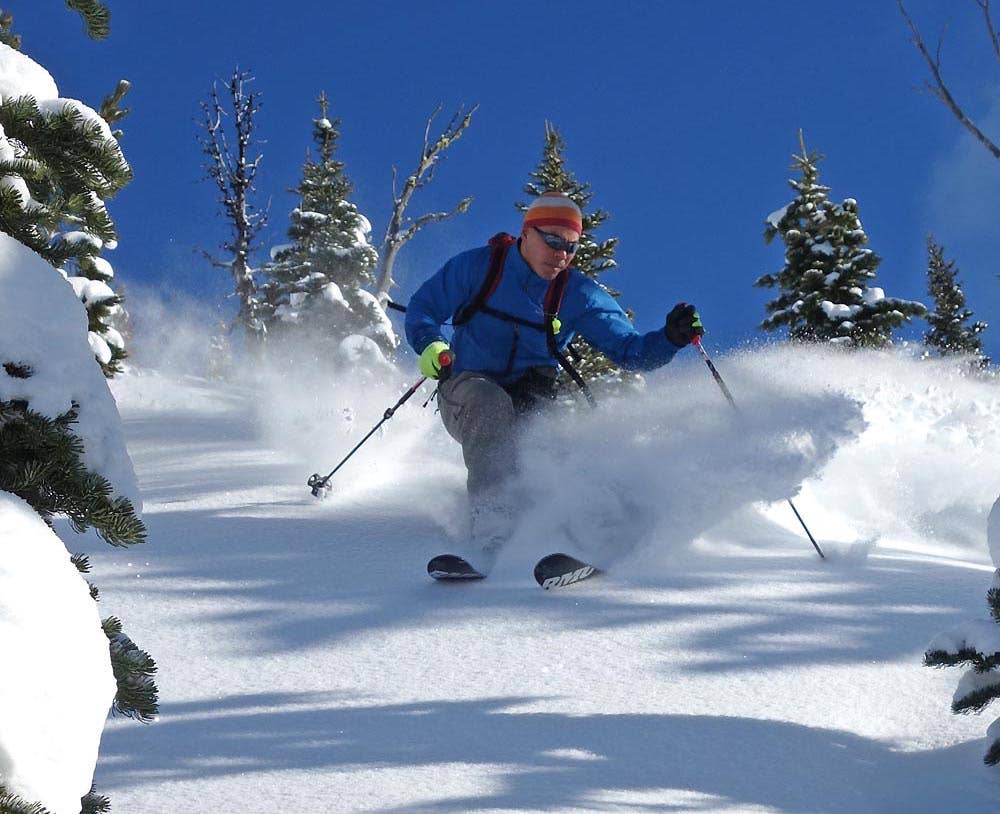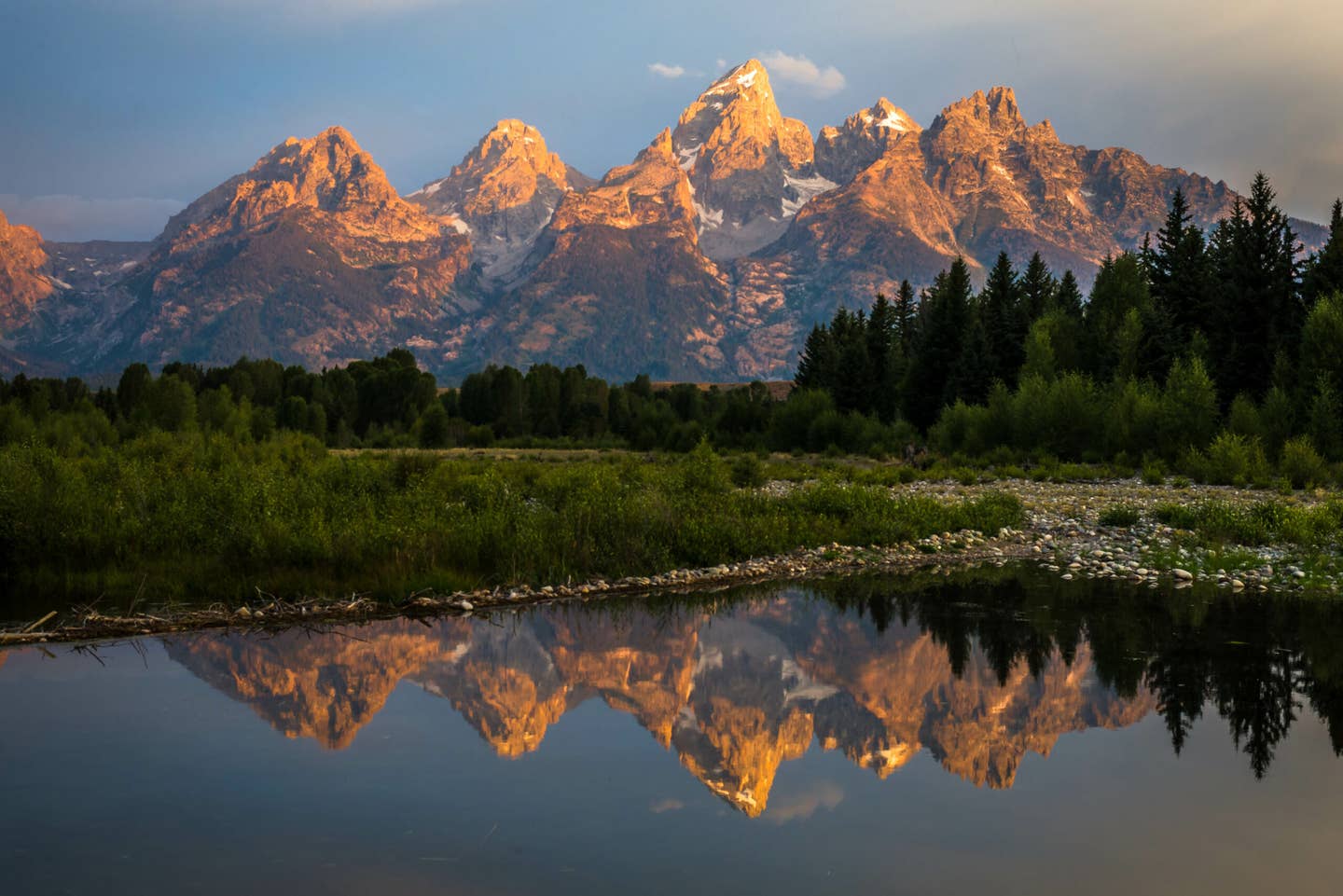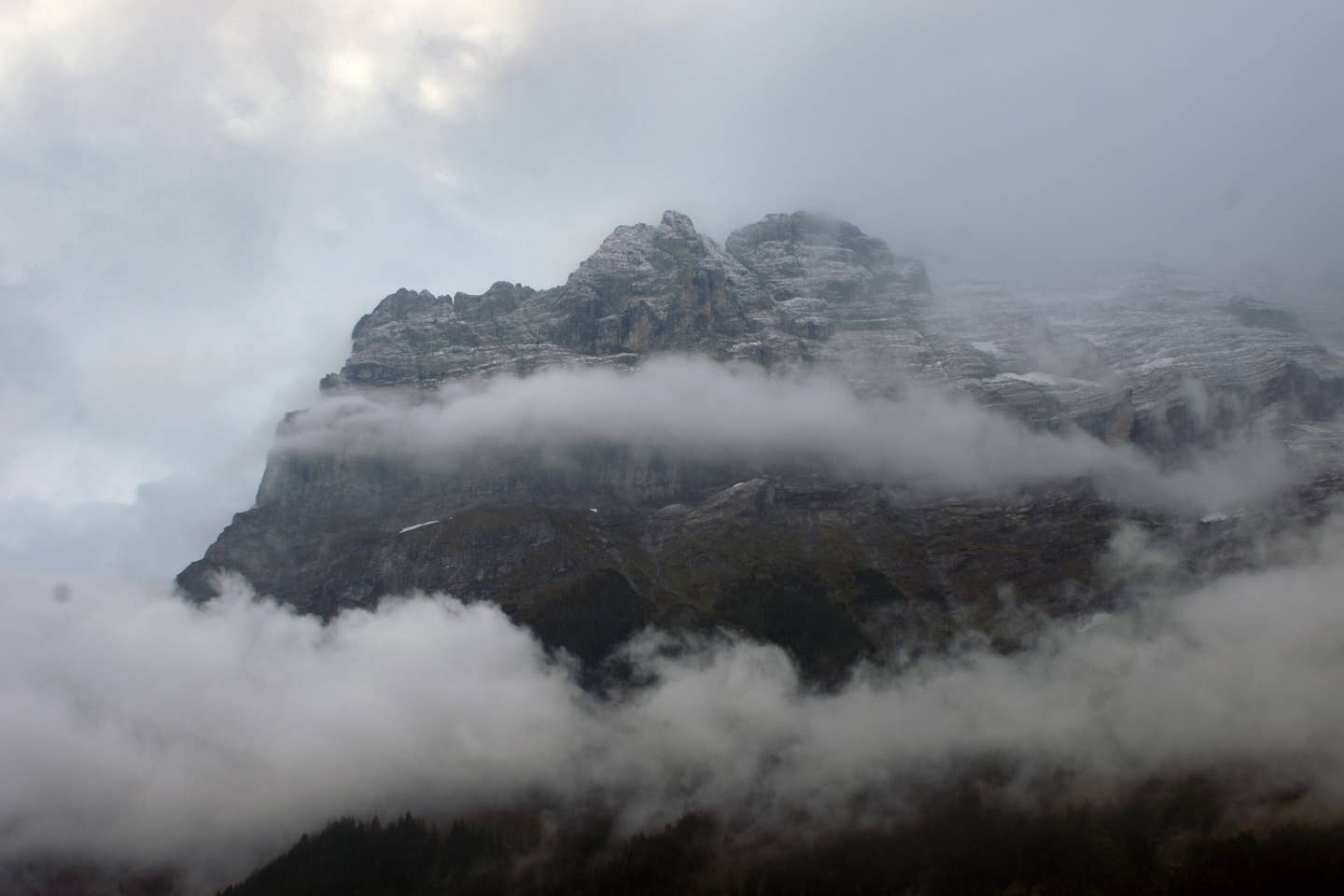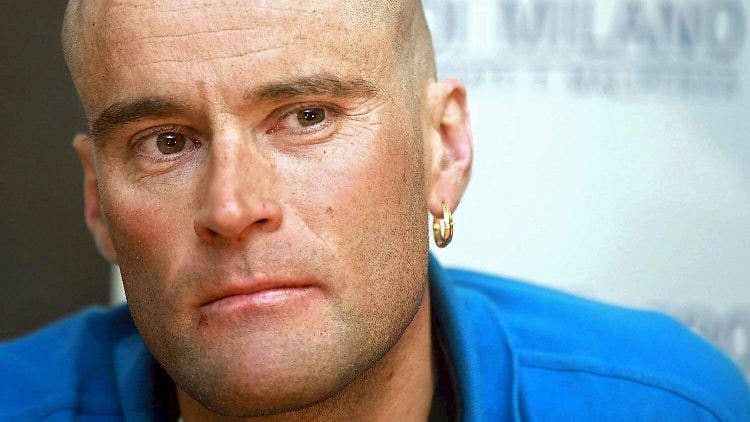

Rocky Mountain Underground’s Carbon Apostles – Teton Tested
Popular Stories

Check out the all-wood Apostle, which weighs about 100 grams more per ski than the carbon version, at evo.com by clicking here. Or head to RMU's website for the full story on the carbon version.
Tested is a Rocky Mountain Underground Carbon Apostle in size 185 (size 175 is the other available). It is the carbon version of RMU's poplar Apostle This ski was mounted with Fritschi's new tech binding, the Vipec and used mainly for touring (12 days) but with some days (3) in Whistler/Blackcomb resort pounding out inbound laps. It was mounted on the recommended line.
The Apostle is a 5-point sidecut ski with full rocker, camber underfoot, and a generous early rise tail; so generous that it comes close to approximating a twin tip. Dimensions are 126 - 132 - 105 - 120 - 114. It's a quick ski with a 17.3m turning radius. Actual measured weight was 1665 and 1672 grams per ski, which was within 0.5% of claimed weight, boding well or RMU's quality assurance. The list price is $999, although the all-wood version of the Apostle can be had for $719.99.
Having only skied the Carbon Apostle 15 days, impressions about the skis durability are limited. Construction details of the Apostle are bomber on paper, with the spec including thick military-grade UHMW sidewalls (basically an exceptionally strong plastic), thick 2.2 millimeter edges, and a solid wood core. Carbon is in a sandwich layup. The RMU bases are reputed to be exceptionally durable, and my brief experiences did not dispel that reputation. It's worth nothing that the bases are exceptionally thirsty, so wax liberally. If good looks are important to you, I did find that the topsheets chipped relatively easily.

I’m not a big skier, at just 160 pounds, but do spend 100+ days a season skiing, with most of the days in the backcountry. I managed to put 15 days on the Carbon Apostles with almost all of the days spent in backcountry of Whistler, the Duffey area, and the British Columbia Interior. My skiing is usually in high moisture-content snow. Accordingly, my preference is for bigger skis and relatively stiff boots.
The Carbon Apostle turned out to be a perfect ski for this seasons's early conditions, where you almost always had get some touring vertical to find good snow. The Apostles were light enough to not be a huge slog on the way to get the goods. Yet they were versatile enough so that when you encountered every kind of condition under the sun, snow and rain, you'd still be comfortable attacking the downhill.
A Quick-Turning Ski

One particular standout of the Apostle was its maneuverability and forgiving nature. I've not been on a ski which turns so quickly since the venerable blue Salomon Pocket Rockets. But unlike the big blue noodles, the Apostle has a certain amount of stiffness underfoot so that if you need to lay on the speed, it won't fold. The Apostle's quick-turning attributes can almost certainly be credited to the nice, even flex of the ski and its forgiving rocker and tail; all of which can be engaged and/or broken loose with simple weight transfers.
I found that skiing the Apostle centered worked best, and adjusting weight fore-aft slightly gave tremendous feedback. It means that you don't need exaggerated movements to get the best out of the Apostle. The ski is so well-mannered that it's got tremendous ability to handle variable snow, from powder, to chopped-up conditions, to windcrust, and is able to do so with confidence.
But Not A Quiver Killer
 Dropping in on pow in Blackcomb.
Dropping in on pow in Blackcomb.
It seems that most reviews want to say that a ski is a do-it-all. I would say that the Apostle is not quite a quiver killer.
Sign Up For Our Newsletter
On hardpack, you'll have a hard time getting full edge bite. Even discounting my sloppy technique, you'll be breaking those tails loose, so look elsewhere if you want to carve trenches.. Even discounting one's hopes and dreams for CSIA level 4 certification, in my opinion, this is a ski better suited for lighter skiers like myself. Bigger skiers or harder chargers are going to be maxing out the carbon Apostle's performance envelope. Perhaps sizing up might alter that equation, but the 185 is the largest size currently available.
I had a few more specific concerns when touring. I found the early rise, almost twin-tipped tails to be annoying. It detracts from the Apostle's traction in steep skintracks, or when sawing back and forth in tight spaces like couloirs, as twin tips tend to slide backwards, detracting from slow-speed control. Twin tips suck for use as pickets–i.e., stabbing the tail in the snow either to use the ski as an anchor, or for other bizarro backcountry tricks. Basically, to me as a dedicated touring skier, twin tips have no place.
The Bottom Line

As a lighter guy, the Carbon Apostle would be a good choice for a dedicated touring ski, provided you didn't have a hate for twin tips. Due to its incredibly wide range for everything except for hardpack, I felt the Apostle also had so much versatility that it will work exceptionally well for a slackcountry setup. The wide range of the Apostle also means that it will work for most skiers, except for bigger aggro cliffhucking gorillas.
One caveat is that the RMU Apostle came poorly tuned. The bases were dry (easily remedied with a wax) but also noticeably concave. This was disappointing and one would hope that demo skis new in plastic would be more quality-assured. Check the skis when you get them. Fortunately a major tune and base grind fixed the issue.
The Rocky Mountain Underground carbon Apostle will remain unchanged for next year, so this review will remain relevant for next year's version.
Check out the all-wood Apostle, which weighs about 100 grams more per ski than the carbon version, at evo.com by clicking here. Or head to RMU's website for the full story on the carbon version.



